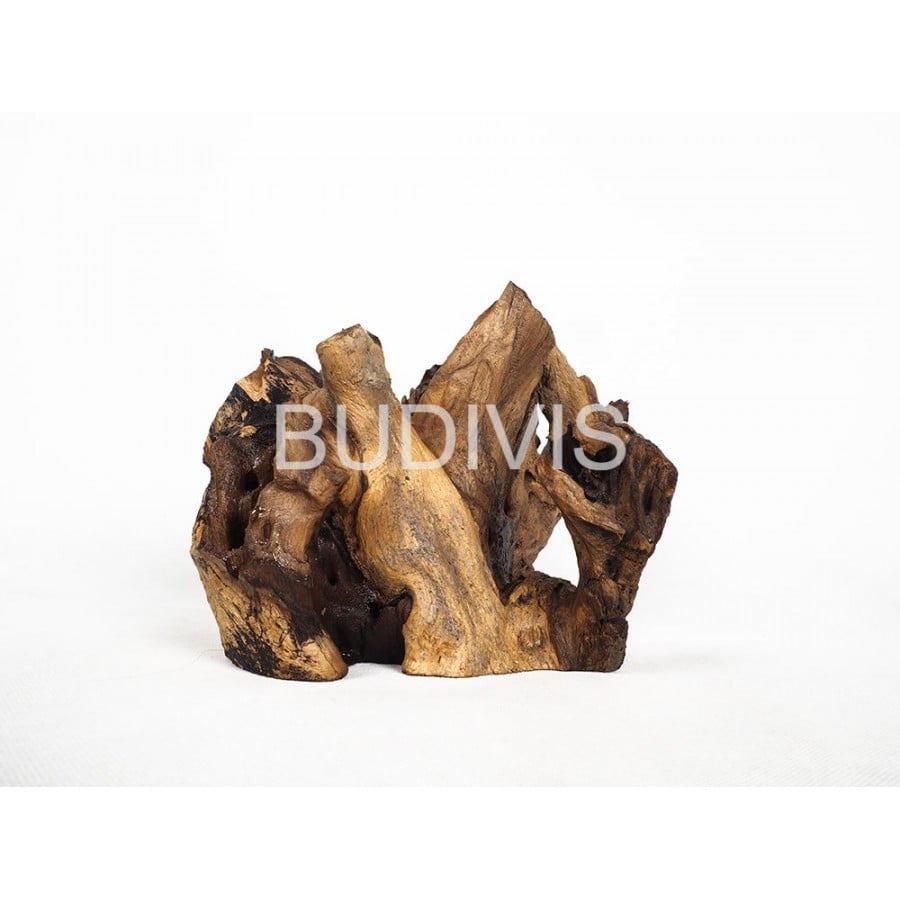Aquariums are a beautiful and peaceful addition to any space, offering a glimpse into the tranquil world of underwater creatures. Adding unique decorations can enhance the beauty of your aquarium, and one great way to do this is by incorporating driftwood.
Driftwood is a type of wood that has been weathered and shaped by natural elements like wind, waves, and water currents. It is commonly found on shorelines and riverbanks and has a unique texture and color that can add an organic, natural feel to your aquarium.
One of the great benefits of using driftwood in your aquarium is that it provides a natural hiding place for your fish. Many fish species prefer to have a place to retreat and feel secure, and driftwood offers a perfect spot for this. The unique shapes and textures of driftwood create caves and crevices that your fish can swim in and around, providing them with a comfortable and natural environment.
Another benefit of driftwood is that it can help improve the water quality in your aquarium. As the wood decomposes, it releases tannins that help to lower the pH levels in the water, creating a more natural and healthy environment for your fish. It can also help to reduce the growth of harmful bacteria and fungus, keeping your aquarium clean and healthy.
When selecting driftwood for your aquarium, it's essential to choose pieces that are safe for your fish. Some types of wood, such as cedar or redwood, can be toxic to aquatic creatures, so it's crucial to select driftwood that is non-toxic and safe. Some popular types of driftwood for aquariums include Manzanita, Mopani, and Malaysian driftwood, all of which are safe for fish and can add a unique beauty to your aquarium.
Preparing driftwood for your aquarium is also important. You should always soak the driftwood in water for several days before adding it to your aquarium. This process helps to remove any dirt, debris, and bacteria from the wood, as well as any potential tannins that may turn your water a yellow or brown color. If you want to speed up the process, you can also boil the driftwood for a few hours, which will release any tannins and speed up the decomposition process.
When it comes to placing your driftwood in your aquarium, it's important to be mindful of the size and shape of your tank. You want to choose pieces that fit well and complement the other decorations in your aquarium. It's also important to avoid placing the driftwood in areas with strong water flow, as this can cause the wood to move around and potentially harm your fish.

In addition to providing a natural hiding place for your fish and improving the water quality in your aquarium, driftwood can also be a beautiful addition to your tank. The unique shapes and textures of driftwood can add depth and interest to your aquarium, creating a visually stunning underwater landscape.
Overall, adding driftwood to your aquarium is a great way to enhance the natural beauty of your tank while providing a healthy and comfortable environment for your fish. Take the time to choose safe, non-toxic driftwood, and prepare it properly before adding it to your aquarium. By doing so, you'll create a unique and beautiful underwater environment that both you and your fish will enjoy.

-1920x1080.jpg)




